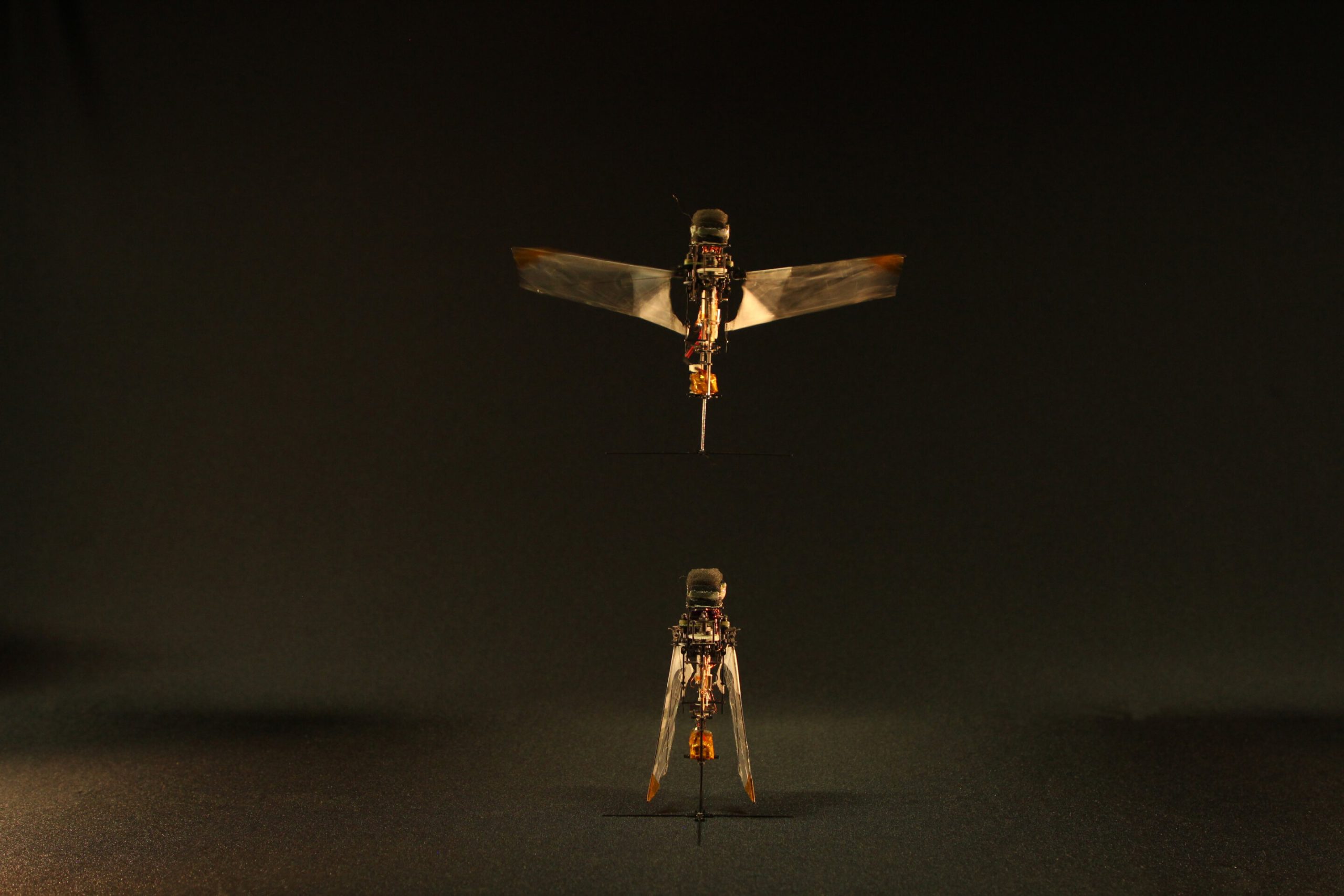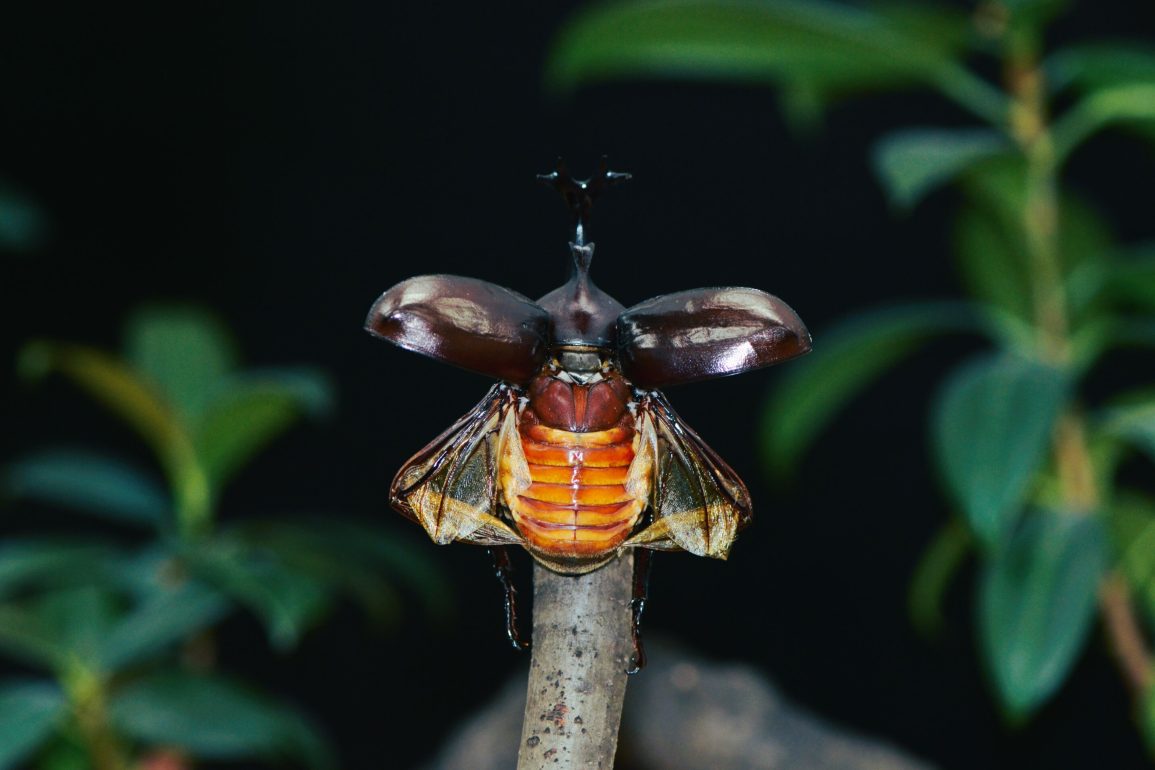Researchers at Switzerland’s Institute of Technology Lausanne and South Korea’s Konkuk University have developed a microrobot inspired by the wing dynamics of rhinoceros beetles. This robot, designed to mimic the beetle’s unique method of deploying wings, holds promise for applications in search-and-rescue missions and biological studies of insects.
Unlike birds and bats that require muscular effort to extend their wings, rhinoceros beetles can unfold their hindwings effortlessly. This natural phenomenon was studied and replicated by the researchers, leading to the creation of the microrobot.
The microrobot is approximately twice the size of a rhinoceros beetle and weighs around 18 grams, similar to the weight of a CD. The research published in Nature highlights how the robot’s wing deployment mechanism, inspired by beetles, differs from other insect-like robots.
By passively unfolding its wings, the robot can achieve rapid, insect-like movements. The researchers showcased this capability by filming the robot in flight and slowing down the footage to reveal its rhythmic flapping motion.

While various insect-inspired robots exist, the unique folding wing mechanism of this microrobot sets it apart. This design allows the robot to transition smoothly from a resting state to flight, enhancing its potential for practical applications.
The compact and lightweight nature of the robot makes it ideal for navigating confined spaces, an essential feature for search-and-rescue operations. Additionally, the foldable wings contribute to the robot’s durability by reducing the risk of damage during deployment.
Lead researcher Hoang-Vu Phan emphasized the versatility of the robot, noting its ability to switch from flying to crawling, making it adaptable to various environments. The robot’s ability to perch on surfaces and change locomotion modes adds to its utility in scenarios where flight is not feasible.
This adaptability, combined with its small size, makes it a valuable tool for search-and-rescue missions in tight and complex spaces.
Beyond search-and-rescue, the microrobot has potential applications in biological research and education. Phan mentioned that the robot could be used to monitor real insects in their natural habitats, a task of which traditional drones fall short.
Its design also makes it a safe and engaging toy for children, with its low-flapping frequency posing no harm to humans. This multifaceted microrobot, inspired by the non-threatening rhinoceros beetle, represents a significant advancement in both robotics and bio-inspired engineering.

